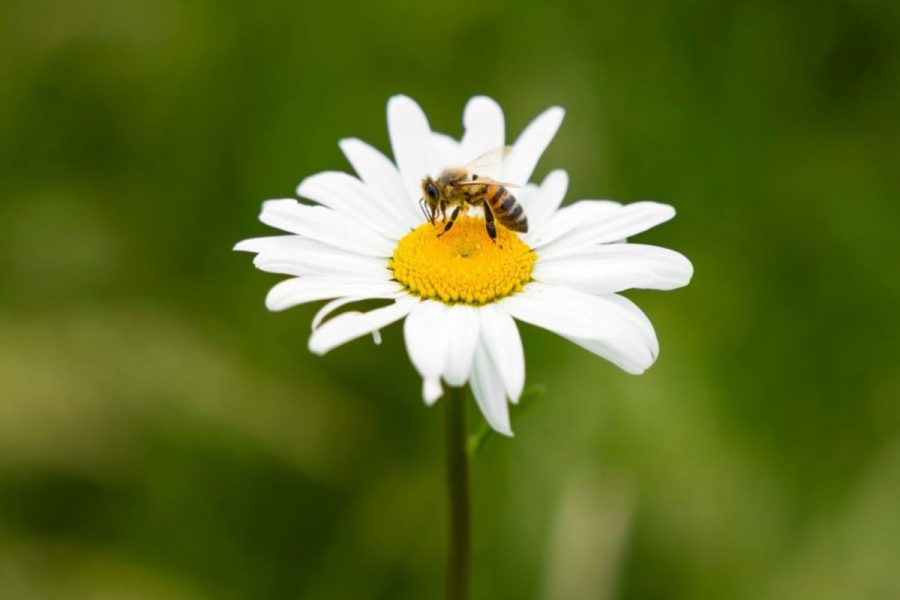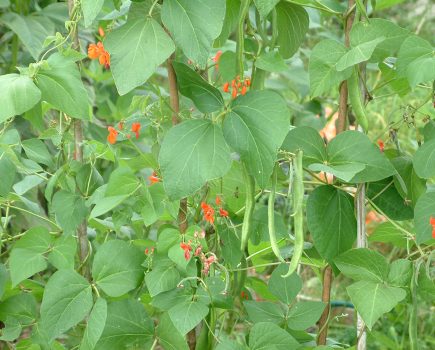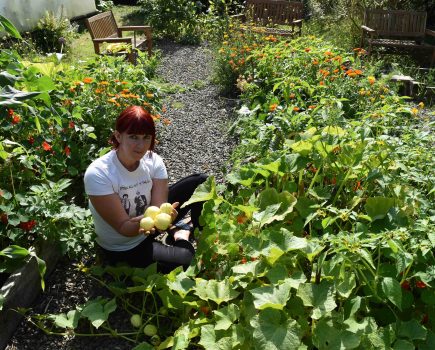One Country Smallholder reader has a conundrum for the Experts: Should weeds always be pulled up, or is it wise to leave them be?
QUESTION: I’m just about to start sorting out my veg patch and flower garden (in some cases I have actually combined the two to have flowering beans amongst my flowers). There’s a lot coming up that I am sure I haven’t planted but I am getting increasingly interested in the value of weeds. I’m wondering whether to leave some of these ‘weeds’ as they have useful properties or should I just get rid of everything I do not recognise?
ANSWER: The Country Smallholder asked Nikki Barker, Senior Horticultural Advisor to the RHS, for her view: “Weeds are wild plants that are growing in the wrong place! We think of dandelions, clover and daisies as lawn weeds for example, but actually, leave them in your lawn! They are drought tolerant, great for pollinators, and don’t mind being mowed. Weeds in the borders range from annual weeds such as hairy bittercress, which can germinate, flower and set seed in a week if the weather is right, to persistent perennials like bindweed. The key to annual weeds, which tend to be small but there are lots of them in one place, is to hoe them off before they flower, so they don’t seed all over your borders. Also, the less bare earth you have, they less space there is for them to grow, so use plenty of ground cover plants, like ajuga, herbaceous geraniums or vinca. Digging up bindweed, ground elder and other invasive perennials is really hard work, and they grow again from pieces of root left in the ground, but if you pull the leaf growth off at soil level as soon as it appears, it does weaken them over a period of a couple of seasons, so they either give up completely or at least become manageable without using herbicides.”
This question & answer was taken from the Spring edition of The Country Smallholder magazine. For more expert advice from The Country Smallholder, subscribe here.
For FREE updates from the world of smallholding, sign up for The Country Smallholder newsletter here.








